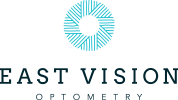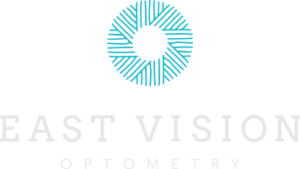What is Myopia Control?
Myopia, also known as short-sightedness, has traditionally been simply an issue that affects your ability to see clearly far away. The more we have to come to understand myopia, it is now considered a health risk due to the fact that the eye physically stretches over time as the prescription increases (this is called axial length elongation). Becuase of this elongation of the eyeball, it is well established that people with myopia are at higher risk of certain ocular health problems, generally in their older age.
Myopia is reaching epidemic proportions worldwide. Driving factors are numerous and include the younger population tending to spend more time focusing on near work, usually on their numerous digital devices. Myopia generally starts in low amounts at a young age and has a tendency to progress into your 20’s where it then usually stabilises naturally. The problem is, by this stage many patients are classified as having high myopia (over -6.00 dioptres), putting them at an unacceptably high risk level for developing conditions such as Macular Disease, Retinal Detachment and Glaucoma to mention a few. The higher the myopia, the higher the risk.
There is therefore a push to address myopia during childhood and the teenage years in an attempt to slow down their progression rate, allowing them to eventually stabilise naturally but with a lower amount of overall myopia. This can dramatically improve their risk profile for developing certain diseases in the future.
In order to achieve this Optometrists can use a variety of myopia treatment strategies to help slow down the patient’s rate of progression. These include:
- Orthokeratology contact lenses.
- Low dose atropine eye drops.
- Specialised myopia control soft contact lenses.
- Specialised myopia control spectacles lenses.
The Optometrist will discuss everything with you and then customise a treatment plan to suit the patients needs.
At East Vision we have all of the necessary qualifications and certifications to prescribe all of the myopia control treatments listed above. This allows us to offer patients as many options as possible and find the right one for them.
Newest Equipment:
We have a full suite of tools to use within our myopia clinic including:
- Biometry (axial length) measurements for gold standard myopia monitoring using our OCT technology.
- Topography for complex contact lens fittings (Orthokeratology)
- Tomography for accurate diagnosis of certain conditions.
- OCT technology.
We were also proud in 2025 to be the first private clinic in Queensland to receieve the new myopia software for our Optopol OCT – called ‘Myopia Forecast’. This is a great tool that helps us plot progression over time and educate patients and parents. Results form three different studies and normative databases can be used to see how your child is travelling, all in one easy to see graph.
Numbers above indicate risk for high myopia (-6.00 to -9.00D).



